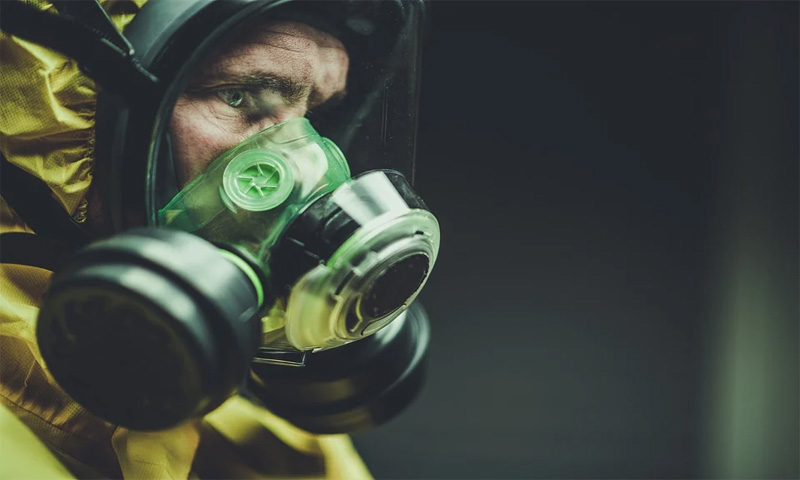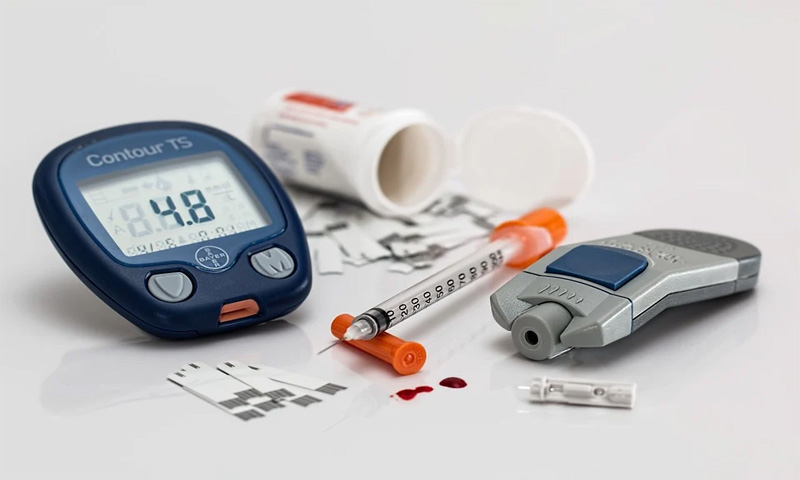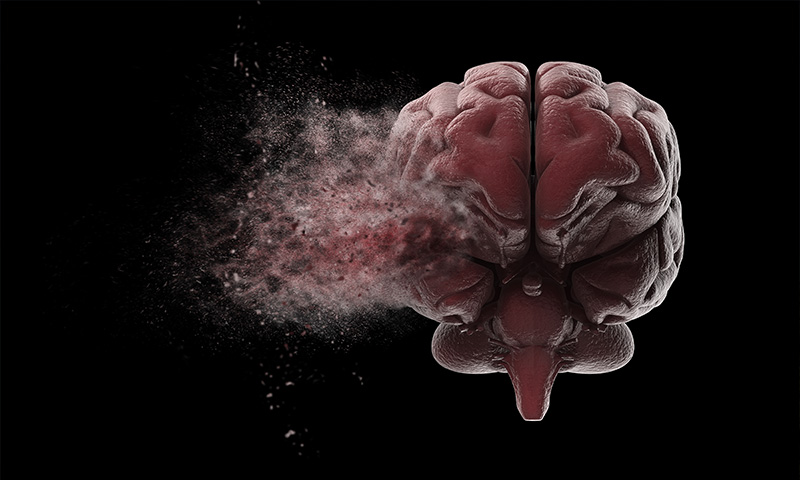It’s been almost 5 months since the entire world has been fighting coronavirus. But still every day, scientists keep discovering new symptoms in patients. Doctors and scientists earlier considered coronavirus to be another respiratory virus, just like the other members of this group. However, this claim is now proven to be false. Coronavirus affects more than just your respiratory system. Some patients lose the sense of smell, some fall prey to gastrointestinal problems, and some face acute kidney damage. The list of symptoms seen in COVID-19 patients is endless. The Center for Disease Control and Prevention has constantly been on its toes to identify the latest symptoms, and update their list of the same. This list of symptoms was initiated by the organization to help identify potential patients of coronavirus without a swab test. Scientists are still amazed by the way this single virus is able to affect so many systems of the body.
When the first coronavirus case was detected in Wuhan, scientists tracked down the pathway of how the virus infects the body. Our body has a certain type of receptor named ACE2 receptor, which is present in the blood vessels lining our kidneys, gut, nose and even testes. Out of these organs, our gut and nose house the strongest network of ACE2 receptors and hence, are the most affected by the virus. The SARS-CoV-2, just like its other members attacks these ACE2 receptors and paralyzes them. This explains why the mayo clinic cited the ‘loss of sense of smell’ as the earliest symptom of coronavirus. This is how it ends up affecting your kidneys, gut and reproductive organs too. But, this is only the 1st way used by the coronavirus to wreak havoc on your body. Another way by which the novel coronavirus affects your body is by causing an acute inflammatory response leading to clot formation. This ultimately affects the blood flow to your intestine, and also results in the red, inflamed ‘Covid toe.’
How are Different Organs Affected By the Coronavirus?
Gut
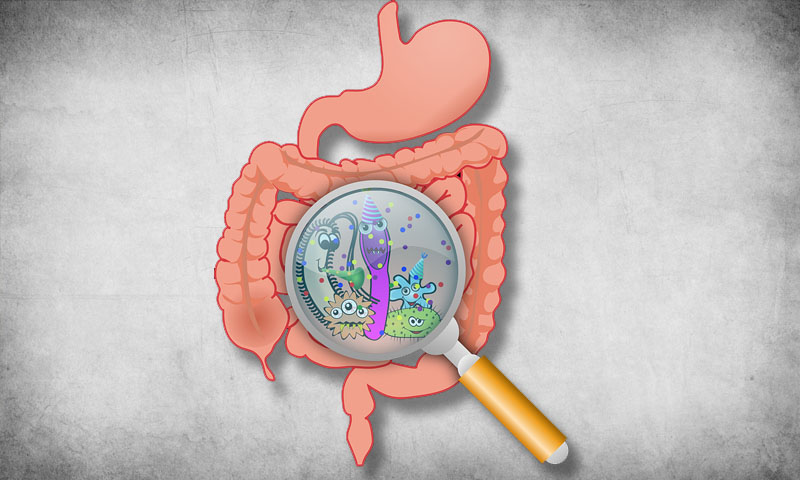
Our large and small intestines are lined by millions of cells called ‘enterocytes.’ These enterocytes have ACE2 receptors on their walls. The coronavirus paralyzes these receptors. This is why, about one-third of the coronavirus patients experience nausea, diarrhea, and abdominal pain. Not all patients experience these symptoms because, the viral load in the intestines may not be sufficient to paralyze majority of the ACE2 receptors. Hence, the mild and moderate coronavirus cases generally do not suffer from these symptoms.
Kidney
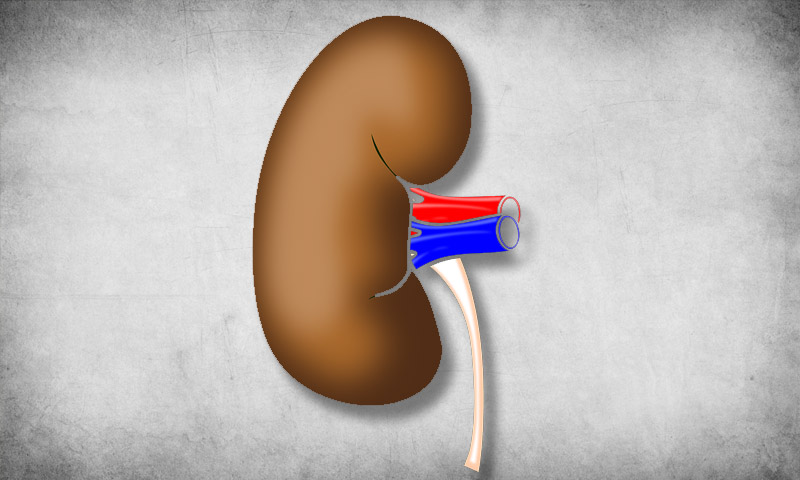
Our kidneys are made up of nearly 4 million nephrons. Nephrons are basically kidney tubules which filter our blood and produce urine. These tubules are rife with ACE2 receptors. That is why, nearly 75% of the intensive care patients of coronavirus, suffer from acute kidney damage.
Nose

The scientists at Johns Hopkins university claim that ACE2 receptor levels in the lining of our upper respiratory tract are approximately 400-700 times higher than our lungs. This means that the lining of our nose and trachea, is more likely to get affected by coronavirus than our lungs. This also explain why the virus is highly contagious. Covid-19 patients don’t lose their sense of smell due to nasal congestion or inflammation, they lose it because of severe damage to ACE2 receptors. This symptom is the most common and is seen in about 41% patients across the globe.
Tongue

Our tongue is made up of a group of cells called ‘keratinocytes’. These cells too, are a storehouse of ACE2 receptors. That’s why the damage to these cells caused by coronavirus, leads to loss of taste in patients.
Lungs
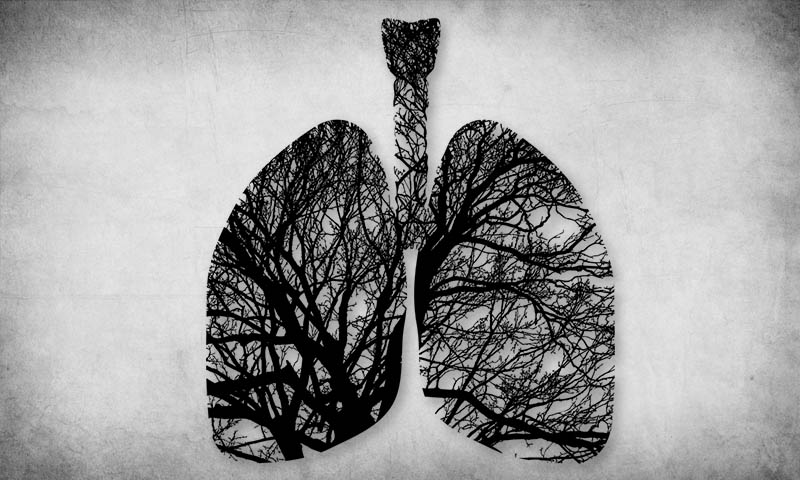
This is the organ where most of us think the coronavirus should strike, and it sure as hell does. Our lungs contain millions of alveoli which are lines by type 2 alveolar cells. These type 2 alveolar cells secrete a compound called ‘surfactant’ which helps in expansion of lungs without any friction. These type 2 alveolar cells are studded with ACE2 receptors. Once infected with coronavirus, these cells get damaged and die. To remove these damaged cells from our body, our immune system gets activated and results into an immune response that can explode into ‘Acute Respiratory Distress syndrome.’ This is seen in many severely infected patients of coronavirus.
The ACE2 receptor theory also answers why clots are formed in blood vessels of intensive care patients. The virus attacks the megakaryocytes (platelet producing cells) in the lungs, which leads to clot formation in blood vessels of lungs, kidneys, gut and reproductive organs.
Heart
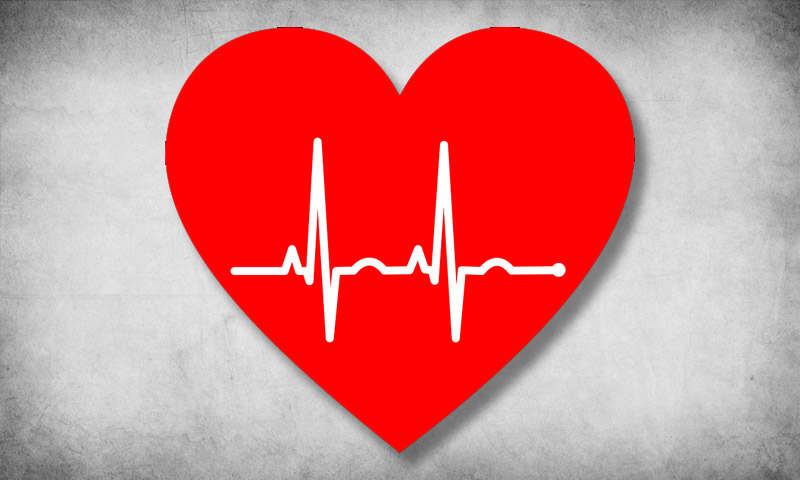
An extreme inflammatory response can be cited as the reason behind heart attacks, strokes and myocarditis seen in intensive care COVID-19 patients. ACE2 receptors are expressed in high numbers in the cells lining the blood vessel of the heart. When these cells get damaged and die, an acute inflammatory response can lead to stroke, heart attack or a pulmonary embolism in patients.
Gall Bladder
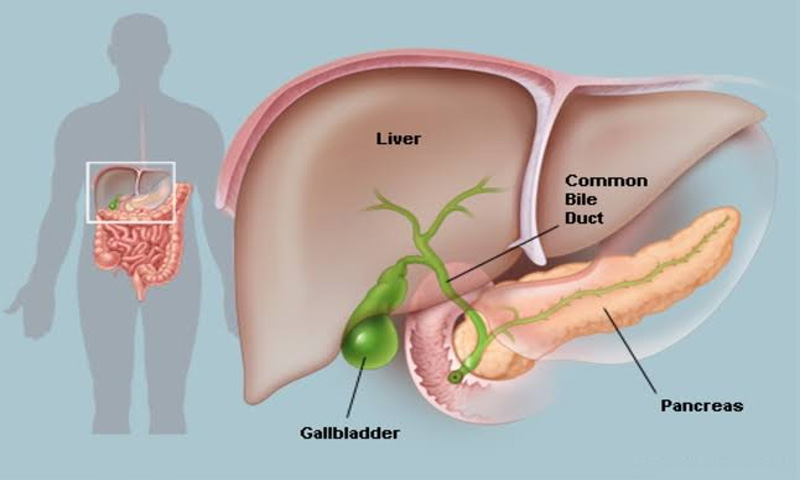
Gall bladder is another organ which is a storehouse of ACE2 receptors. Damage to these receptors is the reason behind some of the digestive symptoms seen in COVID-19 patients.
Doctors are scrambling to update the list of symptoms seen in patients as new results from various researches keep coming in. The novel coronavirus has caused a stir in the scientific world with its unusual way of affecting the entire body. There’s definitely more to this virus than what meets the eye, and scientists are certainly on the hunt to find out more about it!

